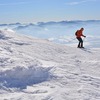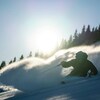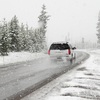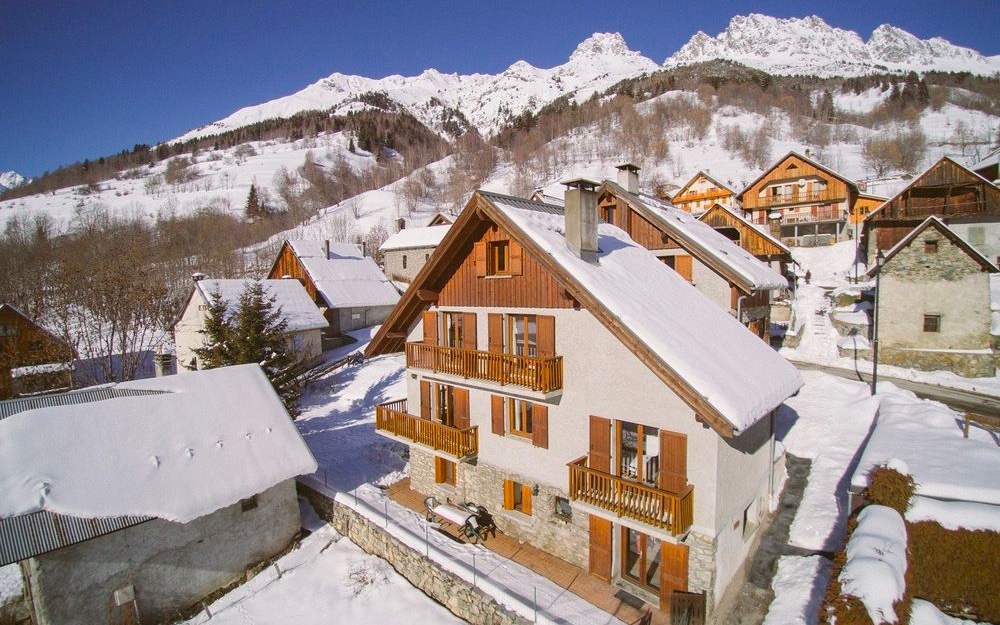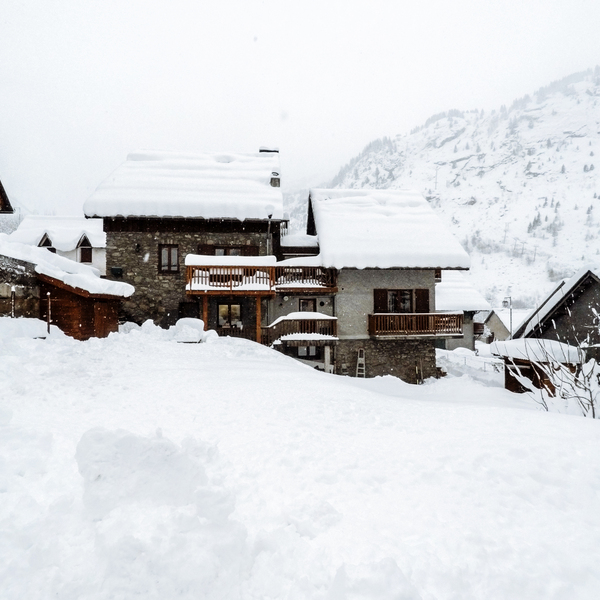What’s the most thrilling thing you could ever do in your life? Think hard, come up with answers... skiing would more than likely feature on that list right!? It’s one of the most adrenaline pumping, crazy adventures you could go on; by yourself or with a group of people, in relative ease. Skiing is an experience that everyone should try out at least once in their lives to get that sensational rush and excitement. It can also be quite dangerous for various reasons and you need to take due care. Ski injuries can be quite common if people are not prepared (mentally and physically) and ill-equipped. That shouldn’t stop you by any means. One just needs to be ready for any scenario. These are common skiing injuries every ski enthusiast should be prepared for.
Tears and sprains

Photo by rawpixel.com
Knee tears and sprains are one of skiers’ worst enemies, and biggest fears. You’ve probably heard of incidents where friends return in plaster or with knee braces. These injuries usually happen due to a lack of fitness or fatigue, and they most probably occur during turning, stopping, and falling. These are the kinds of injuries skiers work out for, and can be avoided if you put in time working out, strengthening your lower back muscles, glutes, and hamstrings and general knee movement.
Cardiac problems

Photo by rawpixel.com
This one you really need to be on the lookout for. Unfit skiers can easily be subject to heart problems, which is rather scary on the slopes. Skiing without physically preparing can be quite serious, because the sudden burst of activity puts your heart at a strain it might not be ready for. According to the people at United Medical Education and ACL PALS, there are some things and pointers you should consider if a person you’re skiing with suffered a cardiac arrest. Ideally we should all have sufficient training on how to perform CPR before you head out to the mountains, and you should also be able to detect a pulse and learn if the person is in danger or not. This is always covered the Duke of Edinburgh certificate for teenagers and there are many free workshops at hospitals, so sign up and be a life saver.
Lower leg strains and ruptures
Photo by Pexels
Ankle and Achilles ruptures and injuries are also quite common skiing injuries, but likewise they can be avoided easily. Other than proper training and physical preparation, your din settings (how tight your bindings hold on to your boots) makes a lot of difference in how well your experience could turn out to be. Choose the best bindings you can find for your type of skiing, and always double check them; these can be the difference between a rush of a lifetime and an injury of a lifetime. Your boots also need to be supportive of your feet and ankles, not too tight to cause pain and equally not too loose where you have too much movement. There is a happy medium!
Crashing into other skiers

Photo by Göran Svensson
Believe it or not, it happens more often that it should. It can also result in some serious damage if you’re hitting each other at high speeds. To avoid those kinds of problems, there are some basic rules for skiing that you should know. For instance, the skier in front of you has the right of way, which means they get to manoeuvre freely to an extent, but you should be careful. They can’t see you, so it’s your job to keep the distance and maintain safety. On the other hand, just because you’re ahead and someone’s behind you, that doesn’t mean you can stop all of a sudden. You need to be always on alert on the slopes, and keep your eyes and ears open because the slightest mistake can lead to serious injuries.
Frostbite

Photo by Koushik Chowdavarapu
This is a scary one on all accounts, frostbite can be the worst thing on the slopes and can be life changing. If you’re skiing in low temperatures, then you’re always at a risk of frostbite if the weather comes in and the temperature drops. Those chances multiply if your skin is exposed or wet, so it’s imperative that you and your company keep a close eye on each other to make sure no one suffers this problem. You lose feeling as the blood circulation stops and may not even realise.
Hands, fingers, and arm fractures

Photo by Stefano Ferrario
It’s very common for skiers to use their arms and hands to break a fall, which can lead to some serious fractures. This is why it’s important not to overstep your limitations, and to rest when you’re feeling tired or weary. Also, drop your poles when you’re falling down to avoid complications. A frequent injury is spraining or braking ones thumb from the pole strap ripping back... there is a right way and wrong way to use the straps!
Train hard

Photo by Ryan McGuire
The most important aspect of avoiding injuries during ski season is training hard! If you’re going to enter a tournament of any kind, you’ll train for months or even years. Now, for skiing, it can be life-changing for many reasons. So, train hard and focus on strengthening your muscles, because out there on the slopes, they are your best friends and how you’ll have one hell of a skiing experience!
Tagged with;
